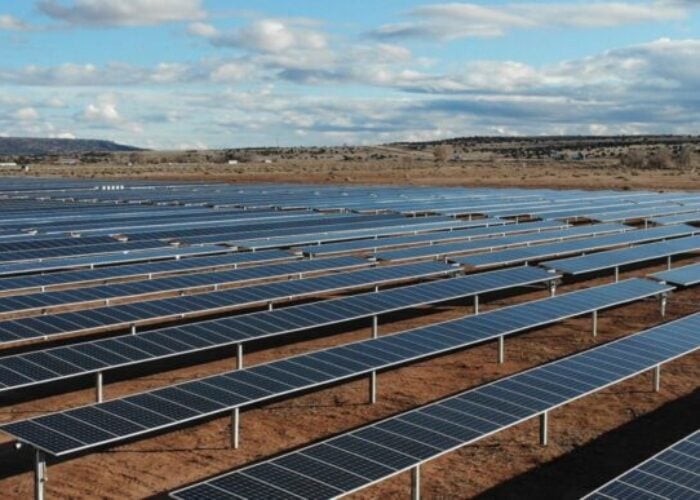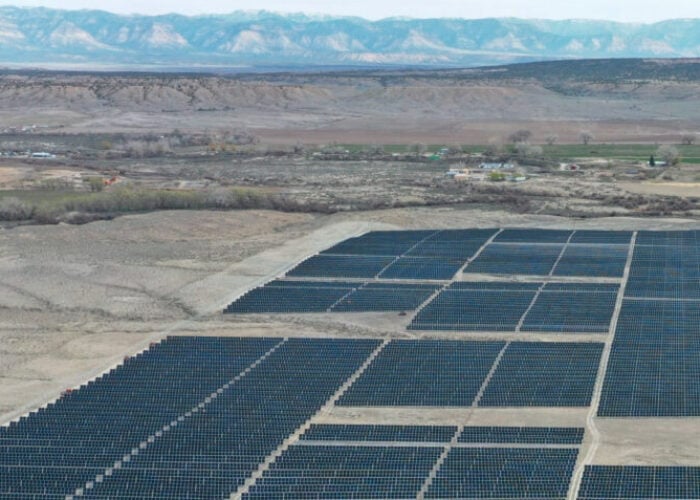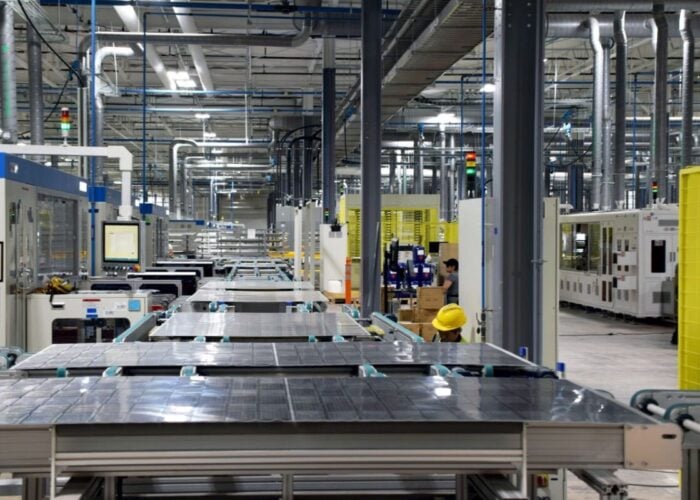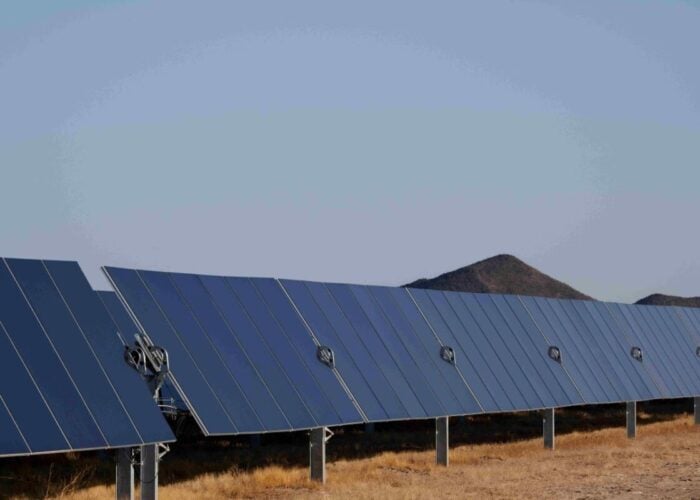India’s Ministry of New and Renewable Energy (MNRE) has issued a draft solar policy for Phase II of the country’s Jawaharlal Nehru National Solar Mission (JNNSM), outlining its strategy to install 10GW by 2017 through mostly utility-scale projects.
The objective of the MNRE’s Solar Mission is to create conditions, through rapid scale-up of capacity and technological innovation, to drive down costs towards grid parity. The ministry believes solar power could achieve grid parity and become cost competitive with coal in India by 2018 due to the decrease in module prices.
Try Premium for just $1
- Full premium access for the first month at only $1
- Converts to an annual rate after 30 days unless cancelled
- Cancel anytime during the trial period
Premium Benefits
- Expert industry analysis and interviews
- Digital access to PV Tech Power journal
- Exclusive event discounts
Or get the full Premium subscription right away
Or continue reading this article for free
MNRE envisages that of this 10GW target (see Table 1), 4GW would be developed under the JNNSM central scheme and 6GW under various state-specific schemes. During Phase II, MNRE expects that around 20,000 villages will benefit from these schemes for off-grid electricity generation projects, to hit its target of 1,000MW of roof-top solar (see Table 2).
The schemes include 'bundling', which involves combining solar power with traditional sources of energy like coal, which can be sold to utilities at a cheaper rate than offered by solar power alone.
There is also a Generation Based Incentive (GBI) which increases deployment of rooftop PV systems as well as small power plants. The MNRE is required to offer utilities a set price valid for 12 years. However, the government is concerned that with falling module prices, the GBI could become an expensive incentive scheme. Project sizes under Phase II are expected to be in the range of 500kWp to 2.5MWp.
The majority of project allocations will be completed under the Viability Gap Funding (VGF) offered to private investors in the form of grants from the government. The scheme aims to ensure widespread access to infrastructure provided through a public-private partnership framework by subsidising the capital cost to developers by 20% and thereby reducing the need for government involvement in solar projects.
Phase II will also include aid to solar manufacturers across the value chain, although details were not provided in the draft policy. Financing for manufacturers will be crucial at this time, with the Indian Solar Manufacturers’ Association having approached the World Trade Organisation over complaints against foreign manufacturers undercutting domestic manufacturers.
Speaking to PV-Tech, Pashpathy Goplan, Managing Director of SunEdison South Asia, Africa and Middle East said: “The trade case could affect the effectiveness of the JNNSM. Domestic manufacturers are not cost competitive therefore the cost of modules will increase making projects more expensive to build.”
Goplan added: “I am confident the JNNSM will be able to achieve what it has set out in Phase II because the decision-makers were able to achieve their goals in Phase I.”
However, Tarun Kapoor, spokesman for MNRE assured PV-Tech that the anti-dumping case would not affect the successful implementation of the JNNSM.
Kapoor said: “We are very confident we will achieve our goals. It will not be easy, but we will certainly achieve our goals.”
Furthermore, a ministry division, the Solar Energy Centre, is being renamed as the National Institute of Solar Energy, which will specialise in research and development, resource assessment, training and testing.
Under Phase I, India’s current installed capacity reached 1,050MW by August 2012, just short of 50MW of its 1,100MW target.






